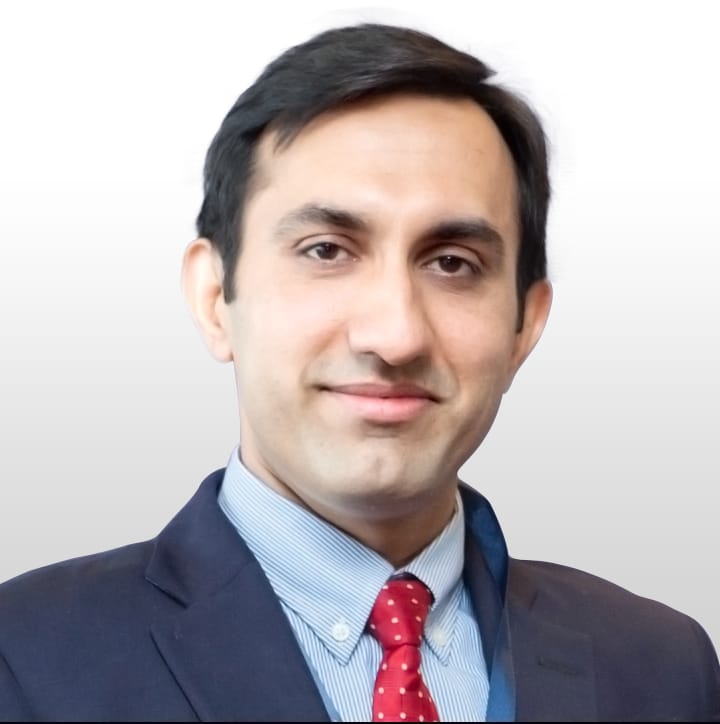
Dr. Ravinder Singh Rao, Interventional Structural Cardiologist and TAVR expert.
Mumbai, 2024: Medical intervention can be life-saving in dire situations. A timely and targeted intervention can add years to a patient’s life. This has never been highlighted more than in the following case of a 72-year-old woman.
The patient underwent a lung transplant surgery five years ago for severe lung disease. Recently, she faced symptoms of shortness of breath on minimal exertion, which was then diagnosed as severe aortic stenosis. There is no medicine for aortic stenosis, and in very severe cases requires a valve replacement. However, due to her prior transplant, open-heart surgery was not an elective or emergency option. She was referred to Dr Ravinder Singh Rao, Interventional Structural Cardiologist and TAVR specialist. The TAVR, or Trans-Aortic Valve Repair surgery, is a non-invasive alternative to a valve replacement. The patient underwent a CT angiography so Dr Rao could accurately plan the procedure by understanding the size of the valve and artery. This also helped the doctor understand the risk assessment of the procedure.
Severe aortic stenosis refers to the narrowing of the aortic valve, which is the heart’s main valve and controls blood flow into the body. Due to aortic stenosis, the heart pumps with greater force, which increases the pressure in the heart. This increase in pressure is reflected in the lungs. In this particular patient, this puts the transplanted lungs at risk of deterioration.
The TAVR procedure was successfully performed in the catheterization laboratory under conscious sedation by Dr Ravinder Singh Rao and the team at Breach Candy Hospital, Mumbai. The femoral access was obtained under ultrasound guidance. A small catheter was inserted in the femoral (groin) blood vessel. It was advanced to the heart. The new valve was positioned correctly and deployed inside the old valve. The new valve started functioning immediately. Immediately, the pressure inside the heart chambers returned to normal; hence, the pressure inside the lungs also normalised. There were no TAVR-related complications like pacemaker, stroke or leakage. There was no cut involved. A small endoscopic suture was placed inside the artery, and the entry point was sealed by closing the suture.
The patient was immediately shifted to the cardiac care unit (CCU) for observation, and she could sleep in a supine (flat) position, and by the next day, she was able to walk without breathlessness. A quick recovery for a patient of this status is rare since the life expectancy of lung transplant patients is shorter than that of other organ transplants. This can be credited to the high-calibre quality of the transplant expert, Dr Sandeep Attawar, and Dr Ravinder Singh Rao, who has the highest experience in TAVR procedures with safe outcomes in the country.
Dr. Ravinder Singh Rao, Interventional Structural Cardiologist and TAVR expert, remarked, “To our knowledge, this is the first case of successful TAVR in a lung transplant recipient. Lung transplant patients are often at high risk for open heart surgery due to an immunosuppressive regimen that has to be followed post-transplantation. Considering their severely reduced cardiac output, TAVR remains the only feasible option for such patients with severe aortic stenosis, especially when open heart surgery has been declined. TAVR has to be done safely in such patients as there is no room for error. TAVR benefits these patients as the symptoms are improved significantly and the patient’s quality of life is restored before aortic stenosis becomes a life-threatening condition.”
The patient was discharged two days later in good clinical condition. On discharge, the transthoracic echocardiogram showed a well-functioning aortic valve and normal functioning of the heart. The team consisted of Dr Ravinder Singh Rao (Interventional Structural Cardiologist, TAVR and Mitraclip expert), Dr Nimit Shah (Interventional Cardiologist), Dr Kalpana Shah (Cardiac Anaesthetist), and Dr Kamlesh Jain (Cardiac Surgeon).
A patient’s family also plays a very important role in such illnesses—constant support from the spouse, motivation, and active participation in disease management are required. The patient and their family become an integral part of the medical team in such complex diseases.